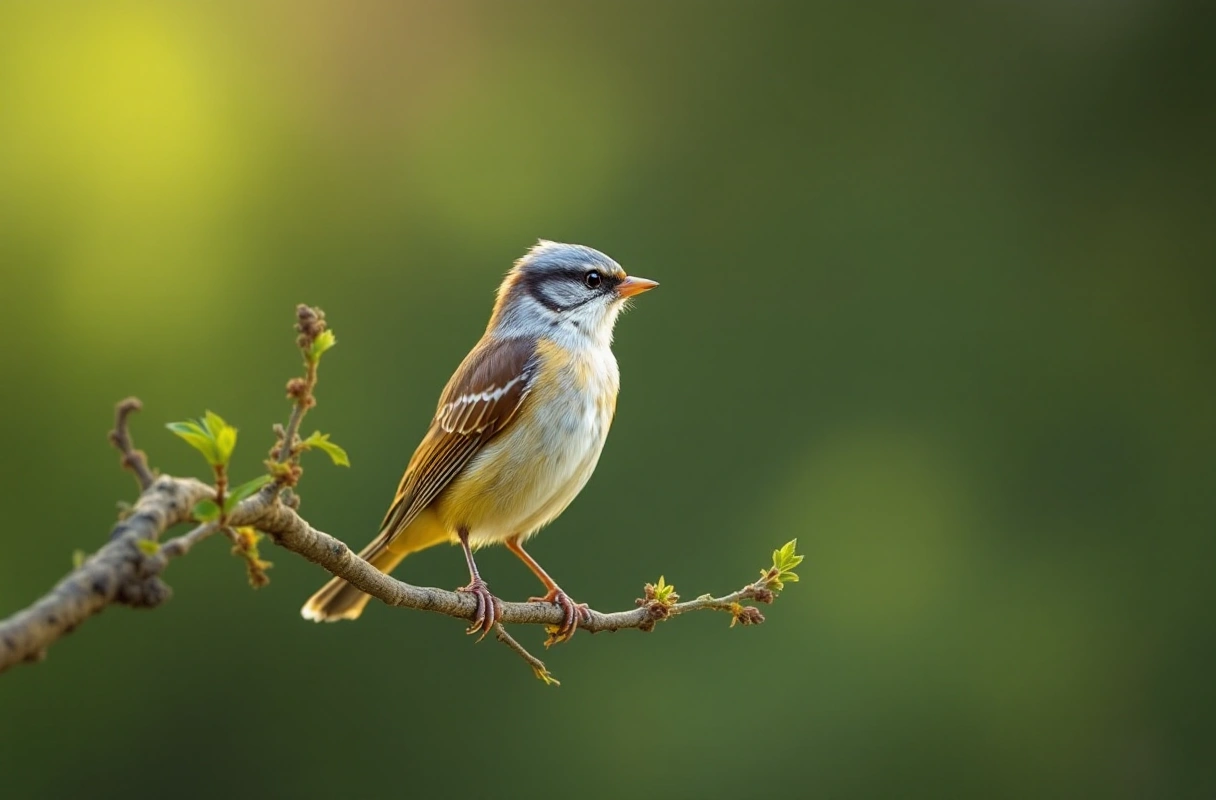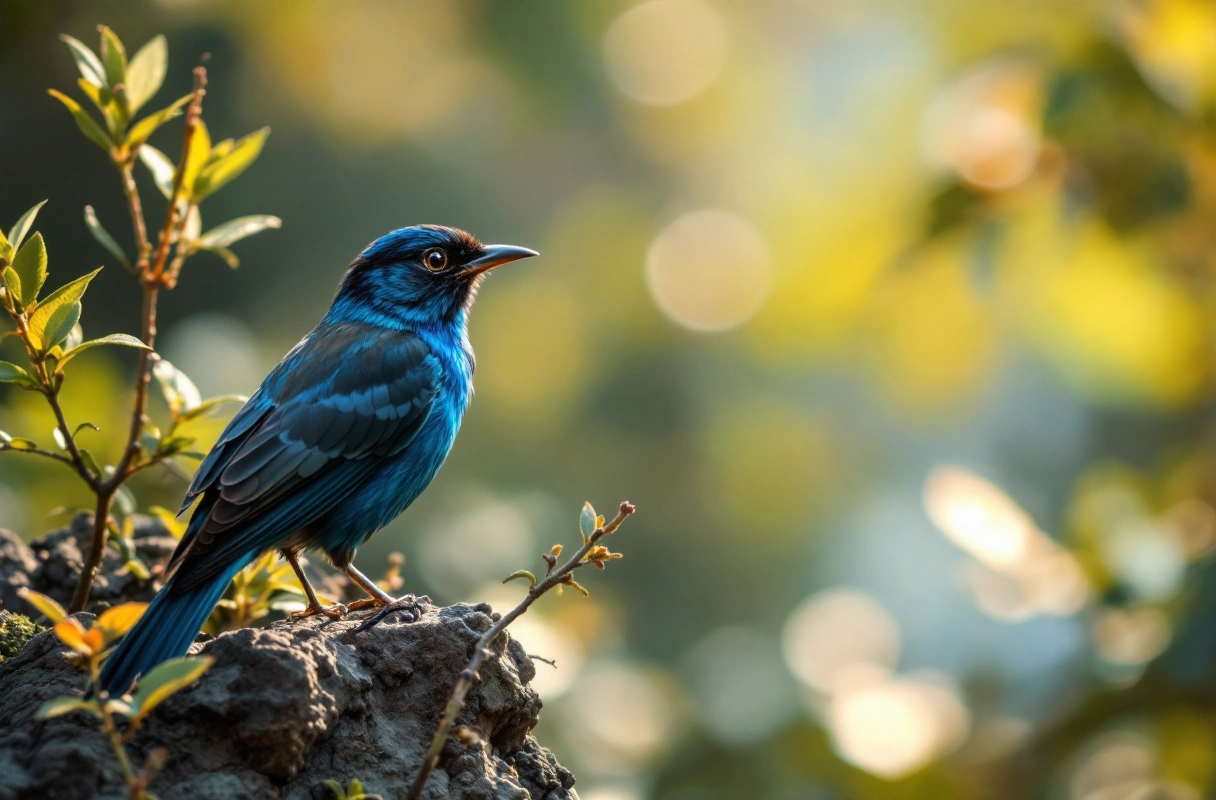
Tanzania is renowned for its breathtaking landscapes and diverse ecosystems, making it a paradise for bird enthusiasts and photographers alike. With its rich avifauna, including both endemic and migratory species, the opportunity to capture stunning bird images is abundant. From the majestic heights of Mount Kilimanjaro to the lush wetlands of the Serengeti, Tanzania offers a variety of habitats that attract a multitude of birds. In this article, we will explore top bird photography tips specifically for capturing the vibrant and fascinating birds of Tanzania, along with insights on the top ten birds to spot while climbing Kilimanjaro.

Birdwatching in Tanzania is not just about spotting birds; it’s an immersive experience that connects you with nature. The country boasts over 1,100 bird species, which include a mix of residents and migratory birds. These species inhabit a range of environments, from the arid savannahs to the tropical forests. Understanding the behavior and habitats of these birds is crucial for successful photography.
The best time for bird photography in Tanzania generally falls during the wet seasons from November to April, when many birds are nesting and their plumage is at its most vibrant. During this period, migratory birds arrive, adding to the diversity.
Timing your photography outings during these optimal periods can greatly enhance your chances of capturing stunning images.
When it comes to bird photography, having the right equipment can make a significant difference. Here are essential gear considerations:
Investing in quality equipment tailored to bird photography will enhance your ability to capture stunning images of Tanzania's avian life.

To effectively photograph birds in Tanzania, consider the following tips that can enhance your skills and results.
Understanding bird behavior and habits is crucial. Spend time observing them before attempting to photograph. This will help you identify the best times and locations for shooting.
Natural light is your best friend in bird photography. Early mornings and late afternoons provide soft, diffused light that is ideal for capturing the colors and details of birds. Avoid harsh midday sun, which can create unflattering shadows and highlights.
Positioning yourself at the bird's eye level can create more engaging photographs. This angle can provide a unique perspective and help eliminate distracting backgrounds.
Birds are easily startled. Move slowly and quietly, and allow them to become accustomed to your presence. Patience is key; wait for the right moment to capture that perfect shot.
When photographing birds in flight or during active moments, using continuous shooting mode allows you to capture multiple frames quickly, increasing your chances of getting that perfect shot.
A sharp focus on the bird's eyes can bring your photographs to life. Use single-point autofocus to ensure that the eyes are crisp and clear.
Apply the rule of thirds to your compositions. Place the bird off-center to create a more dynamic image. Additionally, consider including elements of the habitat to provide context.
A clean background can make your subject stand out. Look for natural frames, such as branches or foliage, to enhance your composition without distracting from the bird itself.
Respect wildlife and their habitats. Maintain a safe distance, avoid nesting sites, and never disturb the birds for the sake of a photograph. Ethical practices ensure the long-term enjoyment of birdwatching for everyone.
Editing your images can enhance their visual appeal. Use software to adjust exposure, contrast, and color saturation. However, aim for natural results that accurately represent the bird and its environment.

As you embark on Kilimanjaro wildlife tours, you will encounter a variety of stunning birds. Here are the top ten birds to look for:
This small, vibrant bird is endemic to the region, characterized by its striking green plumage and distinctive white eye-ring. Spotting this bird is a highlight for many birdwatchers.
Known for its elegant appearance and impressive crown of golden feathers, the African Crowned Crane is a majestic sight. It can often be found in grasslands and wetlands.
This bird is easily recognizable by its bright green body and red wing patches. Hartlaub's Turaco is often seen in the forested areas surrounding Kilimanjaro.
With its long, curved bill and distinctive coloration, the Red-billed Hornbill is a frequent visitor in the lower forest zones. They are often spotted foraging on the ground.
Famous for their intelligence, African Grey Parrots can be found in the higher altitudes of Kilimanjaro. Their striking grey plumage and red tail feathers make them a must-see.
This pigeon is native to the region and is often found in the lush forests. Its olive-green feathers blend well with the foliage, making it a challenge to spot.
This raptor can be seen soaring above the forest edges. With its keen eyesight, it hunts for small mammals and birds in the area.
A striking black-and-white bird, the Taita Fiscal is often seen perched on fences or trees, scanning the ground for insects and small prey.
This large, intelligent bird is known for its distinctive white neck and bold demeanor. They are often seen in pairs and are known for their curiosity.
With its vibrant blue and green plumage, the Great Blue Turaco is a spectacular sight. It prefers the canopy of trees and is best spotted during morning hours.
Birdwatching in Tanzania, especially while climbing Kilimanjaro, offers an unparalleled opportunity to connect with nature. By following the bird photography tips outlined above, you can enhance your skills and capture the beauty of these remarkable creatures. Remember to respect wildlife and their habitats, ensuring that future generations can enjoy the same experiences.
The joy of observing and photographing birds is not just about the act itself; it is about fostering a deeper appreciation for nature and its complexities. At Banana Slug Club, we are dedicated to nurturing curiosity about the natural world, including the incredible diversity of birds. Whether you are a seasoned photographer or a beginner eager to learn more about birds, we provide resources and support to help you expand your knowledge.
For nature enthusiasts, students, and kids excited about learning more about the world, our platform offers valuable insights, educational materials, and opportunities to engage with nature. If you are interested in further exploring the world of birds or learning more about Kilimanjaro wildlife tours, visit our website or contact us for more information. Together, let’s celebrate the beauty of birds and the wonders of the natural world.
Get free resources, early access to new features and updates.
No spam. Just fun educational emails!